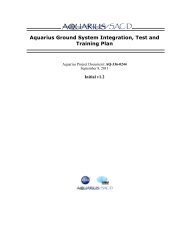NASA Goddard Space Flight Center Ocean Data Processing System ...
NASA Goddard Space Flight Center Ocean Data Processing System ...
NASA Goddard Space Flight Center Ocean Data Processing System ...
You also want an ePaper? Increase the reach of your titles
YUMPU automatically turns print PDFs into web optimized ePapers that Google loves.
full-resolution sensor data, and also truncated at the start and end of the scan. Local AreaCoverage (LAC) data are collected at full resolution, and recorded in limited quantities overselected targets; full-resolution are also direct-broadcast to ground stations in High ResolutionPicture Transmission (HRPT) format. The sensor continues to operate normally with noapparent problems.Table 2-6 – SeaWiFS SummaryInstrument TypeResolutionBands/channelsSwath widthSensor OutputTiltCross-track scanning radiometer1.1 km8 bands, 412 to 865 nm1500 km (GAC), 2800 km (LAC)10 bit, bilinear gain0, +/- 20 degrees2.4 Terra and Aqua MODISTerra and Aqua were the first two (of three, the third being Aura) large Earth Observing <strong>System</strong>(EOS) satellites launched and operated by <strong>NASA</strong>. Both EOS missions are multi-sensor andmulti-disciplinary, and continue to operate without significant problems.Table 2-7 – Terra Mission SummaryLaunch Date December 18, 1999Orbit TypePolar Sun-synchronousAltitude (nominal)705 kmEquator crossing time/direction 10:30 AM descendingOrbit Period98.9 minutes*Table 2-8 – Aqua Mission SummaryLaunch Date May 4, 2002Orbit TypePolar Sun-synchronousAltitude (nominal)705 kmEquator crossing time/direction 1:30 PM ascendingOrbit Period98.9 minutes** Maintains 16-day repeat cycleThe MODIS instruments flown on Terra and Aqua were of identical designs. Terra MODIS wasdesignated the proto-flight model (PFM) and started data collection on February 24, 2000; AquaMODIS was designed <strong>Flight</strong> Unit 1 and started data collection on July 3, 2002. MODIS supportsmultidisciplinary (ocean, land and atmosphere) data product generation. Both instrumentscontinue to operate nominally.


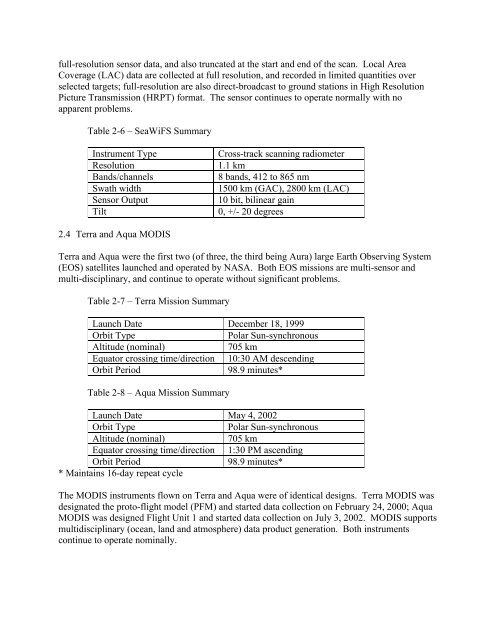

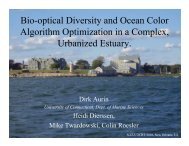
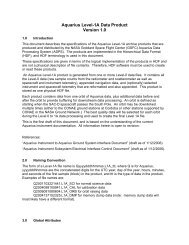
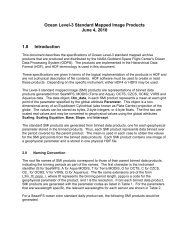
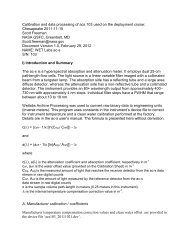
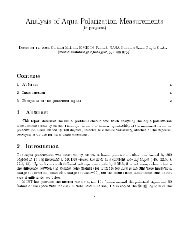
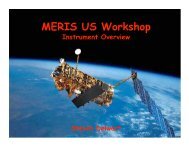
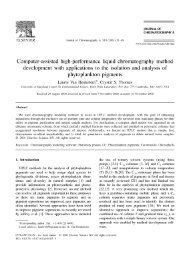
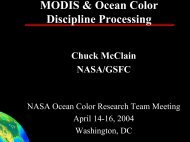
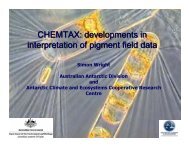
![Franz ocrt_terra_franz.ppt [Read-Only] - Ocean Color - NASA](https://img.yumpu.com/24076593/1/190x146/franz-ocrt-terra-franzppt-read-only-ocean-color-nasa.jpg?quality=85)

